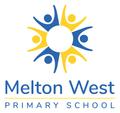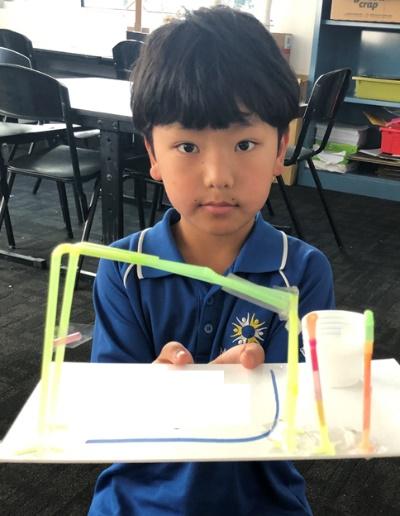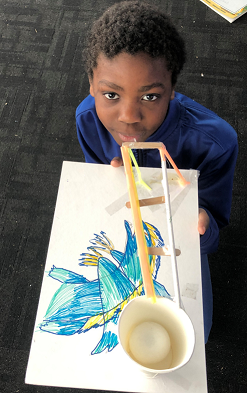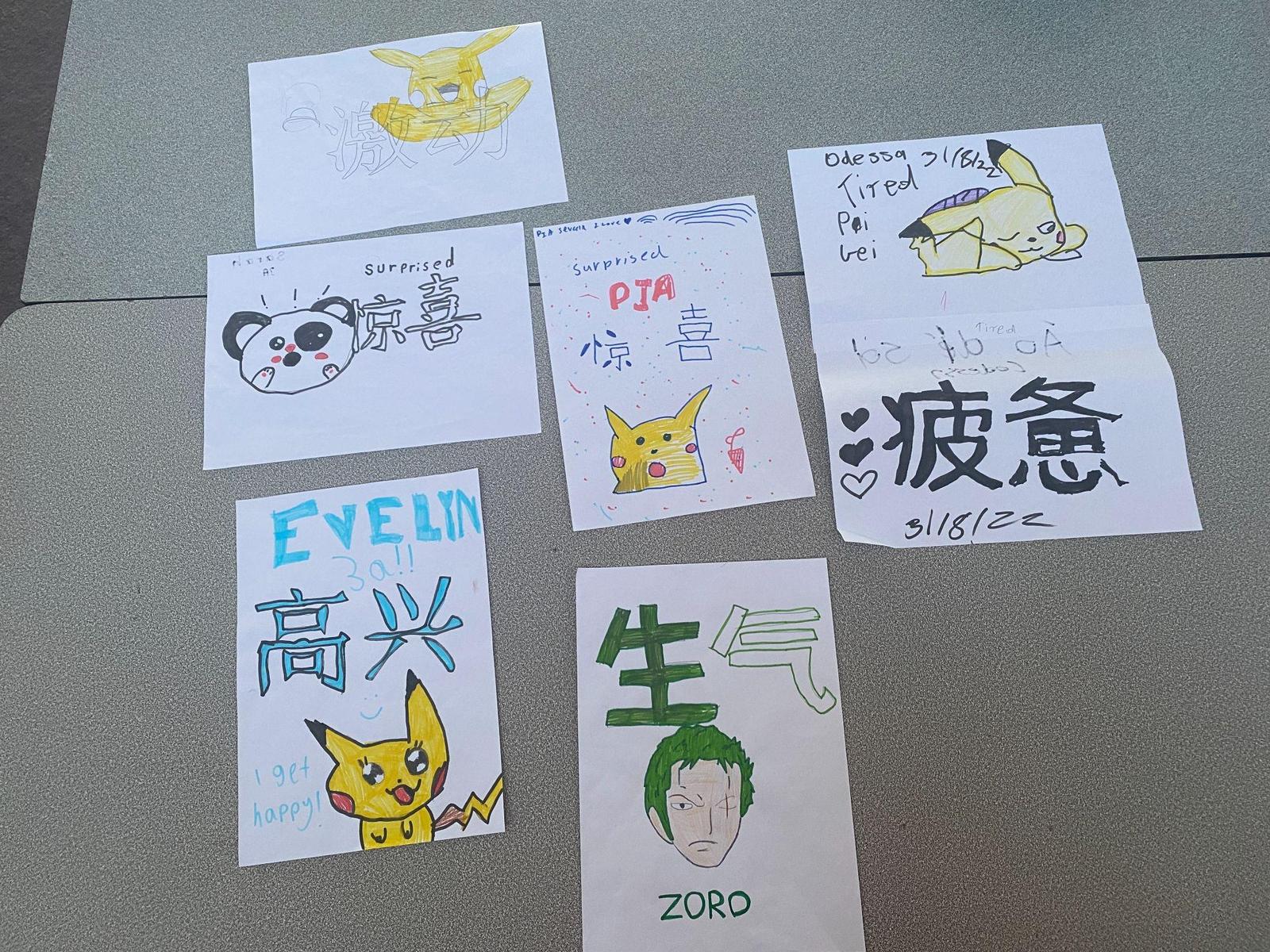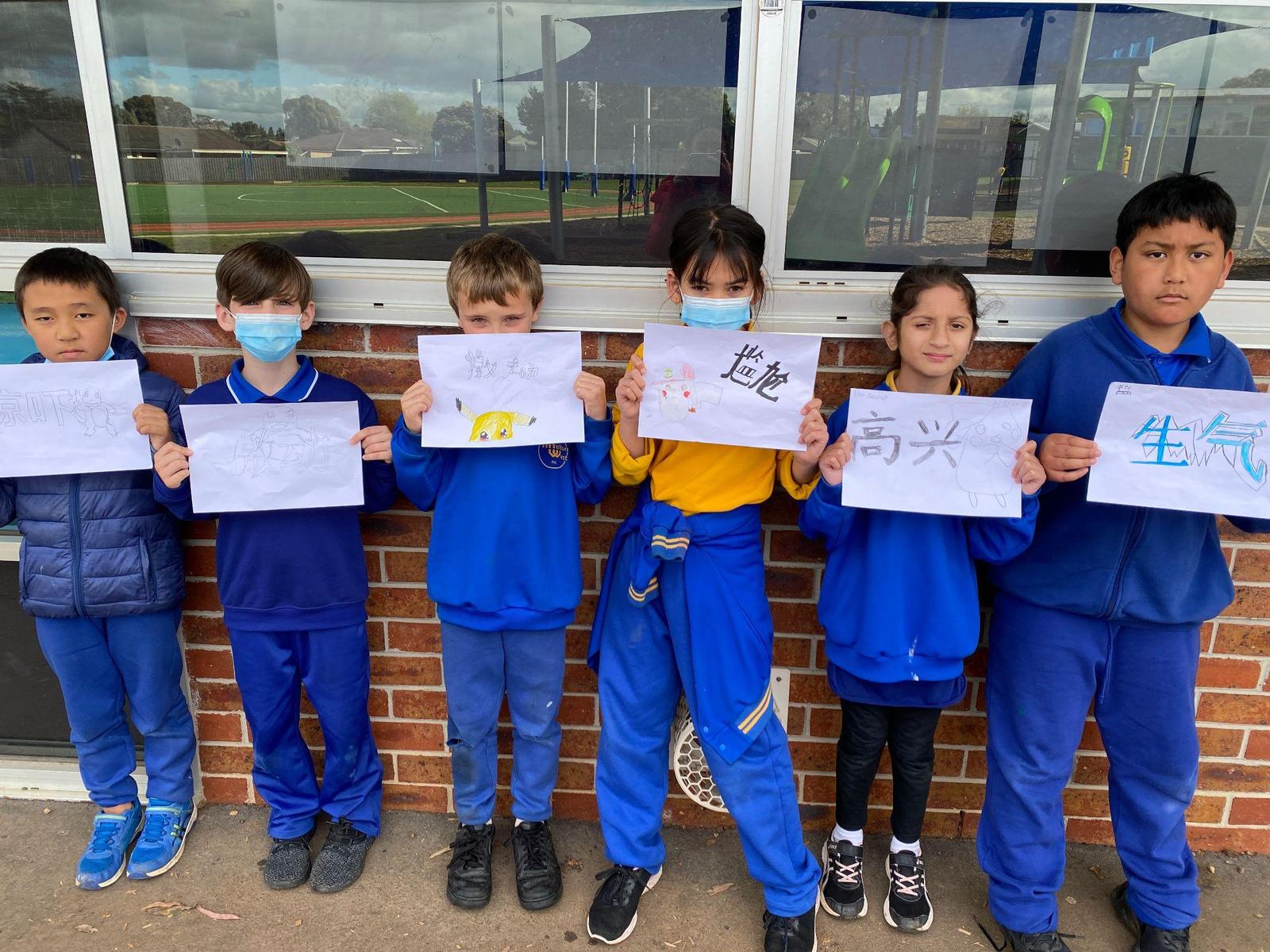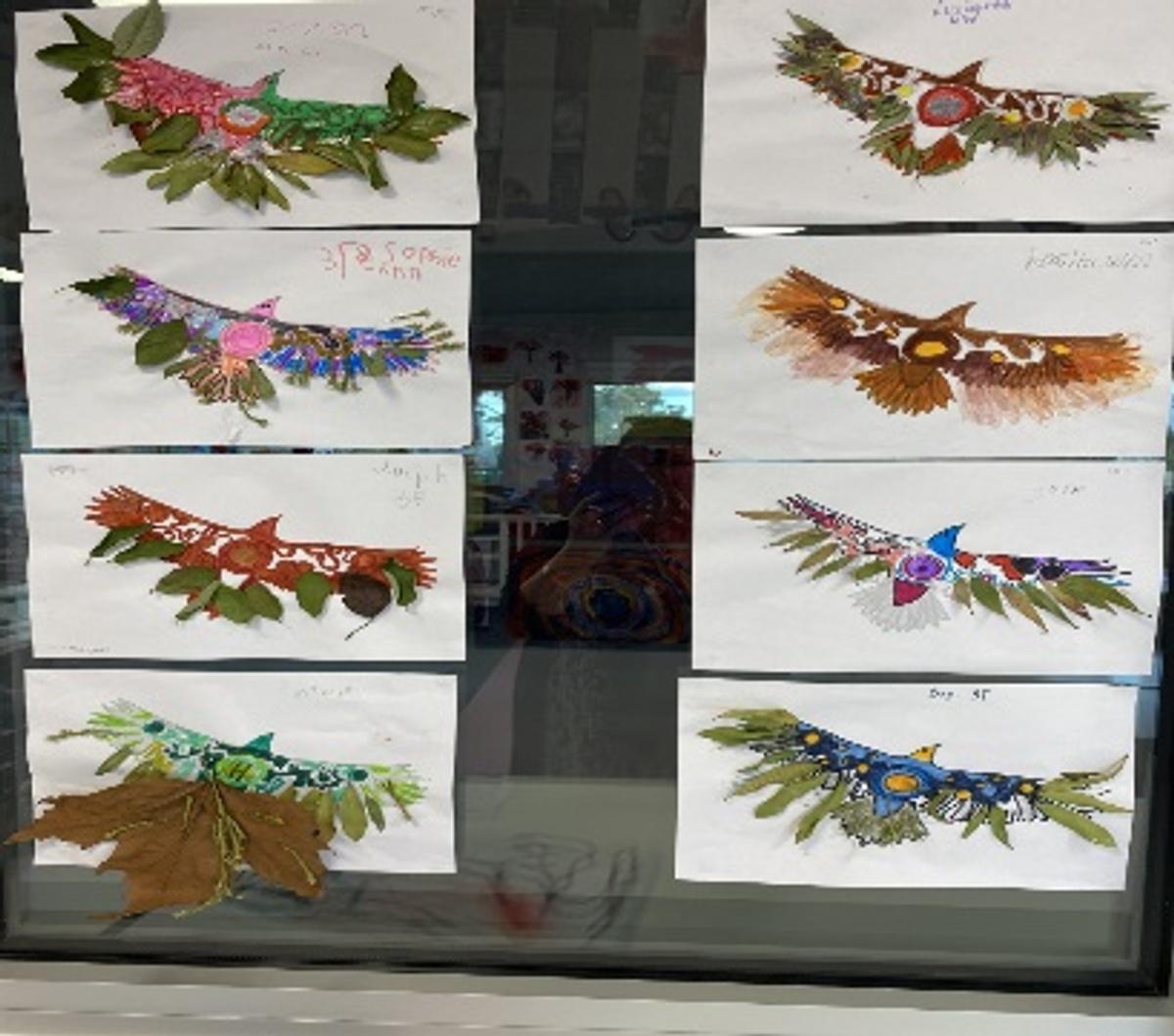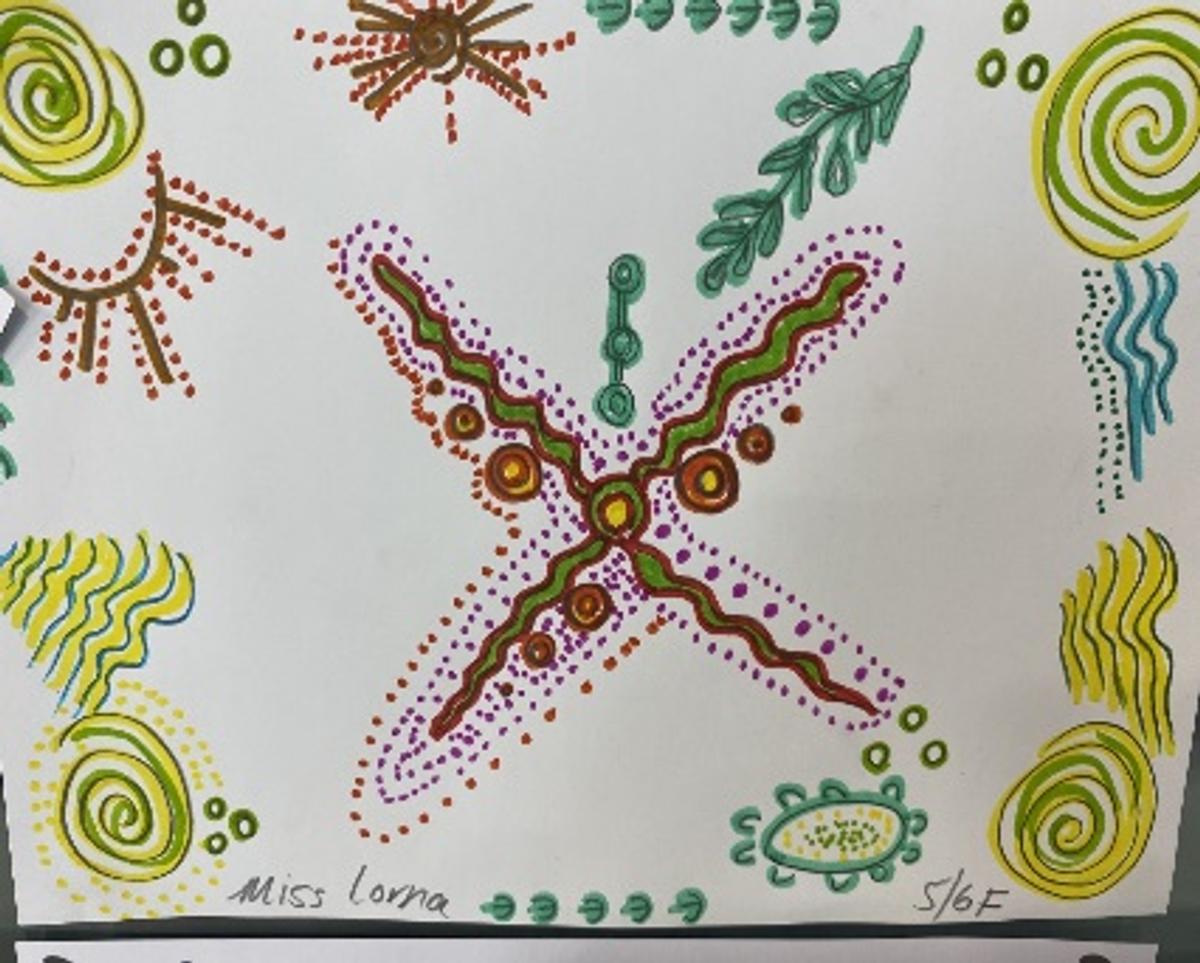Year 3
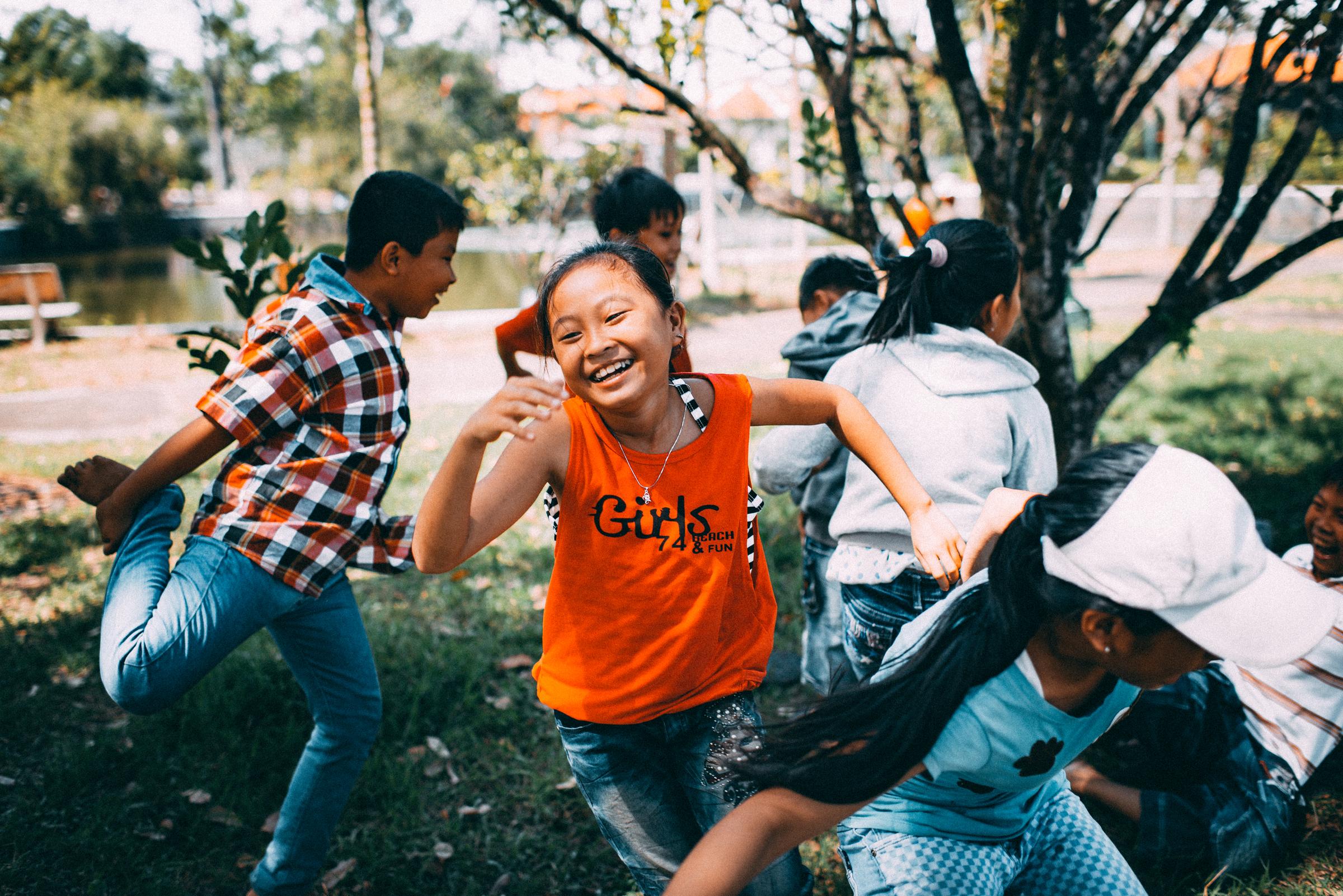
English
Reading
This term in Reading, the Grade 3 students have been learning how to ask questions before, during and after reading. The Grade 3s have worked hard to ask ‘thick’ questions – ones that are meaningful and worthwhile and that may lead to a better understanding of the text they are reading. ‘Thick’ questions usually start with “I wonder…” or “Why?”. During this unit, students have also been focused on answering those questions and working out where the answers have come from for both fiction and non-fiction genres.
They have begun to code their answers as (RT) when the answers have been ‘right there’ in the book, (I) when they have inferred the answers, (OMO) when they have created the answer ‘on their own’ and (OS) when they have used an outside source like the internet or another person. We also had a very entertaining Book Week with Book Character dress-up Friday and classroom displays on show all week!
Writing
At the start of term we were learning about procedural writing. The Grade 3s learnt about the structure of a procedural text and constructed their own copies, including ‘how to’ guides for explaining how to make or create something. When writing procedural texts, the students have been taught to follow the formal structure and use the appropriate language (such as sequencing words and strong verbs).
For the majority of the term, the students have been learning how to write their own information reports. They have been shown how to research ideas of their choice, how to record their planning in a KWL chart (writing what they Know, Want to know and what they have Learned) from their research. Then they have followed the writing process, checking at each stage they are using the correct structure of a procedure and the correct language features (present tense with specific/scientific words). We had a very entertaining visit from the author and illustrator Martin Chatterton.
Mathematics
This term in Maths, we have been focusing heavily on multiplication and division and their relationship with each other. The students have studied arrays extensively through worded stories of multiplication (i.e. Mum went to the shops and bought 5 bags of lollies each with 10 lollies in each bag. How many lollies did she buy?) and division (i.e. Dad is sharing out 15 new text books to his three children. How many new books does each child get?).
We also looked at probability and chance – playing a few games to establish the difference between theoretical chance and actual chance. We also continued our look at how to tell time to the nearest 5 minutes. During our capacity unit, the Grade 3s started to explore measuring capacity (how much something can hold) with formal units of millilitres and litres. To finish off the term, the Grade 3s will be working on locations on maps and transformations of 2D shapes.
Inquiry
During Inquiry this term, the Grade 3 students have investigated ‘Aboriginal people who have made a significant contribution to Australian society’. They learnt about many famous Aboriginal peoples, including David Unaipon, Eddie Mabo, Ernie Dingo, and several high-profile sports people. The students participated in an excursion to the Australian Sports Museum at the MCG where they saw the history of many people we had researched. The unit of study concluded with students giving a presentation about their chosen person of interest to the class.
Science
Grade 3 students have really enjoyed the activities in Engineering and Science this term. Students finished off their very creative Straw Rollercoasters in their design unit.
They then investigated heat sources and how heat is transferred to other different objects. They experimented with heating up metal, plastic and wooden spoons using different heat sources, such as hairdryers, body heat, heat packs and the Sun. As Term 3 is drawing to a close, I hope students enjoyed STEM and are looking forward to more experiments with Chemistry.
LOTE - Chinese
During Term 3, Grade 3 students learnt how to pronounce different emotions and feelings in Chinese. This included happy, sad, angry, surprised, embarrassed, excited, tired, worried, scared and nervous. They worked on a project which was to write the words they liked the most from above and link it to a character they liked to help them memorise the words.
Meanwhile, they learnt how to express their emotions and feelings. The last week of this term, they will learn how to make a mooncake by using the real mooncake mould to celebrate the Chinese Mid-Autumn festival.
Art
The focus for Term 3 has been on drawing with lines and the students have demonstrated how lines are used to create shape, pattern, texture, space and movement, and how the effective use of lines is fundamental to the design process.
The students have worked very hard to re-create Van Gogh’s ‘Sunflowers’. They have used monochromatic shades of yellow and orange, demonstrated bold lines, strokes and shading, using crayon and oil pastel, to help replicate the heavy paint strokes use by Vincent Van Gogh. I must note that the students have shown dedication and commitment to this task and I am very proud of the work produced.
In addition to Van Gogh, the 3/4 students have been learning about Aboriginal Art and NAIDOC week, and have had the opportunity to work with Aboriginal artist – Lucy Webster. The students have been learning about Aboriginal culture and histories with emphasis on ‘Bungil’ the Eagle, and its significance to the Aboriginal people and their culture. The students foraged for leaves and foliage to replicate the wings and feathers of Bungil and created beautiful artworks.
We are currently still working on the Aboriginal art theme and the students are exploring different techniques to inspire their designs.
It has been a creative and technical term with the Grade 3/4 students, and they have produced wonderful work.
P.E.
For this term, the Grade 3 students have focused on the sports of football and soccer. They have learnt the skills linked to each of these sports and used them in a games-based approach. We want our students to begin to learn the rules of these games and use strategy to help them problem-solve with their peers. Football was the first sport during this term and students were asked to showcase the relevant skills linked with this sport. This included kicking, handballing and marking. Students have made the connection between the skill development phase and have been able to transfer the skills to game play. Students used the handball target game to develop and improve their handball accuracy and really enjoyed themselves during this task.
During the second half of the term, students have completed work on the relevant skills for the sport of soccer. Students can now apply kicking and dribbling skills while incorporating game play. Again, the aim is for students at Grade 3 level to link skills with game play and learn about the rules relevant to the sport. Students participated in small games to show all the skills and rules learnt for soccer and each of the students had lots of fun playing in these games. Grade 3 students have continued to participate in class games throughout the term to demonstrate their ability to follow rules and instructions.
These take the form of different warmup games, Just Dance videos and games directly linked to football and soccer. This term has been great and such a joy to be a part of. Well done and keep up the great work for Term 4.
